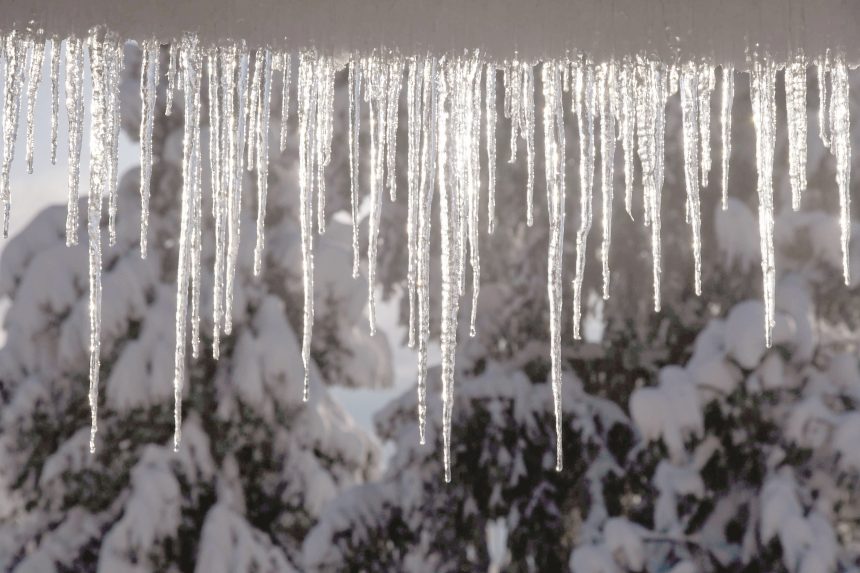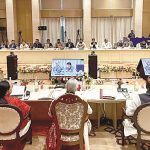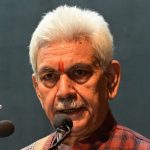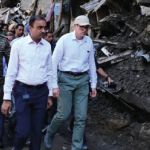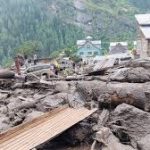MeT predicts snowfall in upper reaches
Srinagar records -6.2°C, Zojila Pass shivers at -24°C
Srinagar, Dec 20: Kashmir is preparing for a severe cold wave as the 40-day harshest winter period, known as Chillai-Kalan, begins today. The cold spell, which lasts from December 21 to January 31, is expected to bring intense freezing temperatures across the region, with the Meteorological Department (MeT) forecasting light snowfall in the upper reaches from the evening of December 21 through the morning of December 22.
Srinagar, which recorded the coldest night of the season at -6.2°C, and other areas of the valley are grappling with sub-zero temperatures. In fact, several water bodies, including Dal and Nigeen lakes, have begun to partially freeze, a clear indication of the harsh winter ahead.
Director of the Meteorological Department, Dr. Mukhtar Ahmad, told Rising Kashmir that the weather will remain generally cloudy, with light snow expected over higher reaches of north Kashmir on the night of December 21 to the morning of December 22. “From December 23 to 26, the weather is expected to remain generally dry. However, on December 27 and 28, we anticipate cloudy weather with light rain or snow over higher reaches,” he added.
Dr. Mukhtar also mentioned that while the minimum temperature may rise slightly by 2°C over the next two days, it is likely to dip again by 2-3°C after December 26. “Cold wave conditions will persist in isolated areas, with fresh snowfall leading to icy conditions, especially on roads leading to important passes and higher reaches,” he said.
The Zojila Pass, connecting Kashmir to Ladakh, recorded a bone-chilling -24°C, making it the coldest spot in the Himalayan region. Across the rest of Kashmir, temperatures remained sub-zero. South Kashmir’s Qazigund recorded -7.6°C, Pahalgam -8.2°C, and Anantnag reached -9.9°C. In north Kashmir, Kupwara saw -6.5°C, Bandipora -7.3°C, and Baramulla -5.9°C. Central Kashmir’s Budgam and Ganderbal recorded -7.6°C and -6.4°C, respectively, while Sonamarg, a popular tourist destination, experienced -9°C.
Jammu also recorded chilly temperatures, with the city registering 6.9°C. Other areas such as Banihal and Batote saw -3.8°C and 1°C, respectively. In Ladakh, Leh recorded a minimum temperature of -11.8°C, while Kargil plunged to -13.8°C.
Dense fog continued to envelop parts of the valley, including Srinagar, causing reduced visibility and forcing vehicles to drive with headlights on during the morning and evening hours.
Chillai-Kalan marks the coldest phase of winter in Kashmir, followed by the less severe Chillai-Khurd (small cold), which lasts for 20 days, and the mildest phase, Chillai-Bachha (baby cold), lasting for 10 days. This year, temperatures have already plummeted to -6.3°C in Srinagar, signaling the start of this bitterly cold period.
Historian and poet Zareef Ahmad Zareef, who reflects on Kashmir’s winter traditions, recalls that Chillai-Kalan was not seen as a hardship, but rather as a time for community bonding. “People would visit Harissa shops and gather in Hamams during these 40 days,” Zareef said. “The tradition of Chillai-Kalan goes back over a thousand years, and Kashmiris have always embraced this cold season by staying indoors,” he added.
As Kashmir enters this period of intense cold, locals are bracing for the challenges of the harsh winter, while also holding onto the warmth of cultural traditions that have sustained them through centuries of winter hardships.



